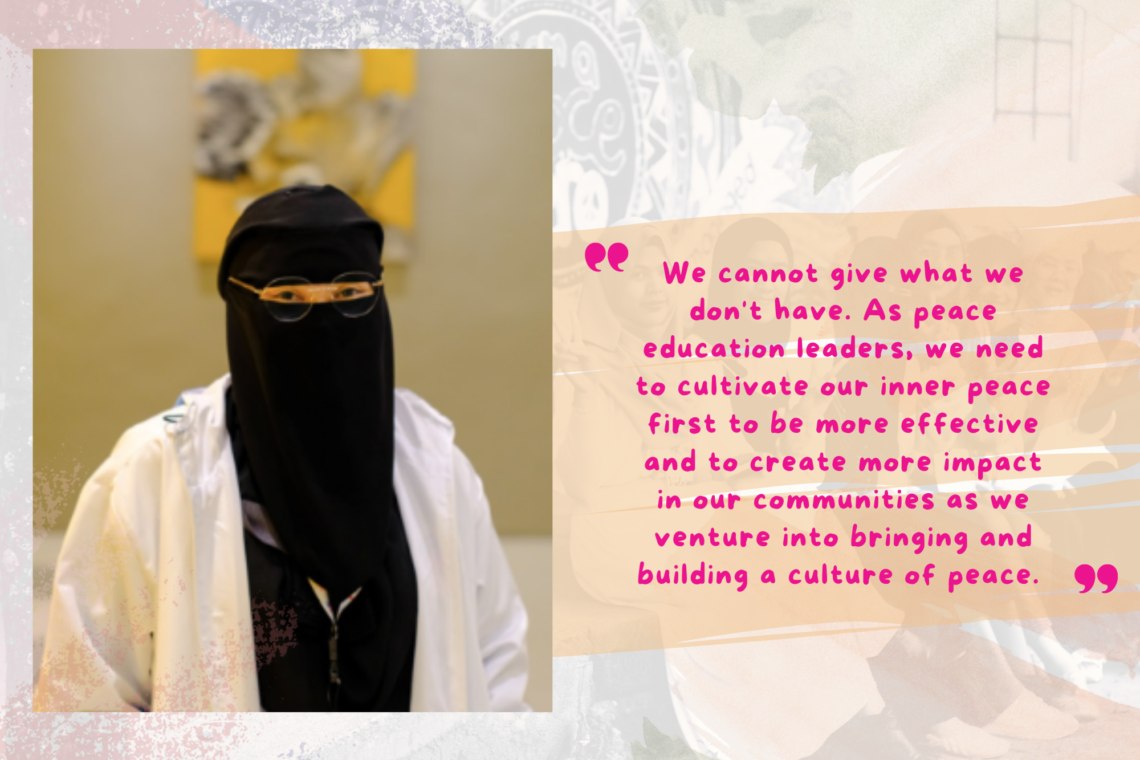Sittie Asia Mai is a 27-year-old youth leader, teacher, and entrepreneur from Ditsa-an, Ramain Lanao del Sur. Her family is one of the thousands affected by the Marawi Siege last 2017. They lost everything that her father had built for their family – including their house and martial arts school, which provides self-defense classes and helps boost confidence in women and children.
The effect of the siege on children and youth troubled her. She felt severe anxiety, frustration, and depression because of all the conflict and violence around her. That’s why she started joining rallies to voice out her frustrations. Seeing people suffer from anxiety, misery, and extreme poverty motivated her to do something. Inspired by her father, an agriculturist, she organized a youth group. She started Mushrooms for Change to help provide employment to women and young people and help ease their living conditions.
Everything was going in the right direction until the Covid19 pandemic in 2020 happened. Because of the threat of the virus, travel restrictions, and health protocols, there were a lot of challenges in the program implementation and production of their products. “Because of the lockdown, I lost motivation – how will we market our products? I also found it hard to engage them (the youth) again because they have lost motivation in doing what we used to do”, as emotionally shared by Mai.
In 2021, her organization Guinaopan Youth Action Organization, is one of the ten organizations selected to participate in the Peace Education Leadership Formation Course for Youth Organizations supported by the Global Community Engagement Resilience Fund (GCERF). It is Sittie’s first training engagement after a few months of resting because of burnout.
She believes teaching peace to children is crucial because they are the future generation. “If their foundation is rooted in peace, it will surely flourish, and they’ll be agents of peace in the long run. On the contrary, if they learn negative ideologies at a young age, they’ll cause conflict.”
The training strengthened her commitment to continuing to work for peace. She also realized peace education is much more than concepts and theories. She appreciated the focus on cultivating inner peace and saw this as essential to being a youth leader.
“We cannot give what we don’t have. As peace education leaders, we need to cultivate our inner peace first to be more effective and to create more impact in our communities as we venture into bringing and building a culture of peace.”
As an organization, they do not usually have deep conversations about personal topics. But the culture of peace circle sessions strengthened their bond and deepened their commitment to their organization and advocacy. She could share more of herself and actively listen to her co-members’ struggles and challenges. This helped them connect more with one another and became a way to lessen their burdens. The training has helped them grow as a person and as an organization.
The training also gave birth to the organization’s first innovative peace education project. Project Bondingan is a peace education project that aims to teach peace to disadvantaged children in marginalized and remote areas of Ramain, Lanao del Sur.
“I want to be the inspiration and the reason for them to learn peace. I want to be a good influence and help create a safe and peaceful space for children to foster and nurture their inner peace.”
Today, Sittie, together with the members of her organization who are also part of the PELFC, has engaged their other members and capacitated them through Facilitators Training. They have also started the implementation of the Peace Education Lessons for Children through Project Bondingan. They believe that as peace heroes, they need to teach peace and build peace for children to learn how to be at peace, impart peace with others and live in peace.


